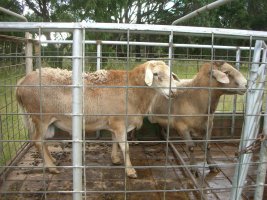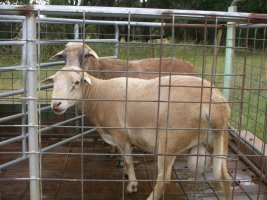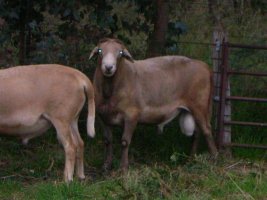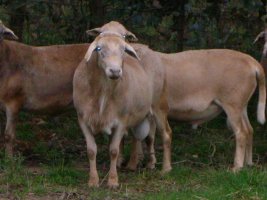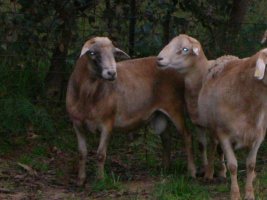Legamin
Loving the herd life
Do you think it is the color of the wool that requires a dose of copper? I have a white faced breed but about one in 500 pops out black or blue..the blue being so rare as to make them worth their weight in….well…not quite gold…aluminum maybe. But I only could find one and I can tell you they are dear. My question would be whether the increase in color creates a copper requirement? Or it this just a black faced sheep thing?I feed an all purpose pellet and it has copper in it.
I fed it to the horses, then feeder pigs, then chickens and finally sheep. Now I buy just one feed for all.
The black haired sheep needed the copper!

